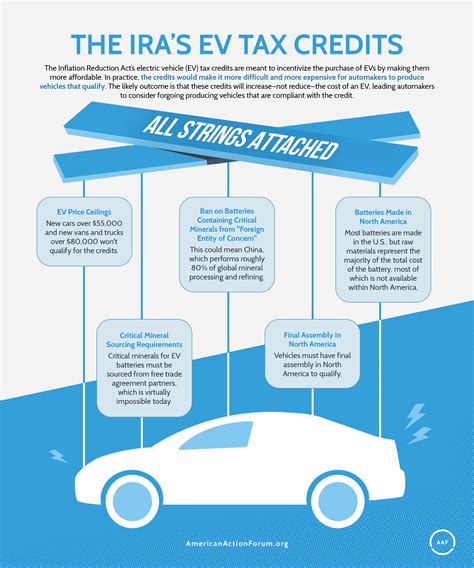As the world becomes increasingly aware of the necessity for more sustainable living, hybrid vehicles have gained significant popularity. These vehicles not only help reduce greenhouse gas emissions but also offer economic incentives to their owners. One of the most attractive incentives is the tax rebate available for hybrid vehicle purchasers. In this article, we will explore how tax rebates work, the eligibility criteria, and the benefits of making the green switch.
What Are Hybrid Vehicles?
Hybrid vehicles combine a conventional internal combustion engine with an electric propulsion system. This fusion allows the car to operate more efficiently, particularly in urban settings where stop-and-go driving is common. By utilizing both an electric motor and a gasoline engine, hybrid vehicles often achieve better fuel economy, making them not only eco-friendly but also pocket-friendly in the long run.
How Do Tax Rebates Work?
A tax rebate is essentially a return of money to the taxpayer after they have filed their tax returns. In the case of hybrid vehicles, the government also allows taxpayers to receive a deduction or credit for purchasing an eligible vehicle. This is designed to encourage people to opt for greener technologies.
Types of Tax Rebates
Tax rebates for hybrid vehicles can vary based on several factors. Here are the most common types:
- Federal Tax Credit: Many countries offer federal tax credits for the purchase of hybrid and electric vehicles. In the United States, for example, the federal tax credit can be up to $7,500, depending on the vehicle’s battery capacity.
- State Incentives: Some states also offer incentives, such as additional tax credits or rebates, grants, or reduced vehicle registration fees. These incentives differ from state to state.
- Local Incentives: Cities or counties may provide additional perks, such as access to carpool lanes or reduced fees for parking in designated areas.
Eligibility Criteria
Not all hybrid vehicles qualify for tax rebates. Understanding the eligibility criteria is crucial for potential buyers. Here are some key points to consider:
- Battery Size: The size of the hybrid vehicle’s battery often determines the amount of federal tax credit available. Usually, vehicles with larger batteries qualify for higher credits.
- Vehicle Classification: The vehicle must be classified as a passenger vehicle. Some trucks and SUVs may not qualify.
- Manufacturer Cap: In the U.S., there is a limit on the number of vehicles a manufacturer can sell before the tax credit phases out. Keep track of the sales numbers if you are eyeing a particular model.
- Purchase Date: The vehicle must be purchased new, and the buyer must claim the tax credit in the year the vehicle was purchased.
How to Claim Your Tax Rebate
Claiming your tax rebate may differ depending on your location, but several general steps can guide you through the process:
- Purchase Your Vehicle: Ensure that you receive a certificate or any necessary documentation from the dealer confirming the vehicle’s eligibility.
- Fill Out IRS Form: For U.S. taxpayers, you will typically need to fill out IRS Form 8834, “Qualified Plug-in Electric Drive Motor Vehicle Credit,” when you file your tax return.
- Consult a Tax Professional: It’s always a good idea to get guidance from a tax professional who can help you navigate through the complex tax regulations and ensure you are claiming all eligible credits.
Benefits of Choosing Hybrid Vehicles
Switching to a hybrid vehicle comes with numerous benefits beyond just tax rebates:
- Fuel Efficiency: Hybrid vehicles consistently provide better gas mileage compared to traditional gasoline vehicles, resulting in lower fuel costs over time.
- Environmental Impact: Driving a hybrid reduces harmful emissions, contributing positively to the environment.
- Lower Maintenance Costs: Hybrids often have fewer mechanical components to worry about, which can lead to reduced maintenance costs.
- Incentives Beyond Tax Rebates: Many regions offer perks like HOV lane access or reduced toll fees for hybrid owners, adding further value to your investment.
Conclusion
In summary, hybrid vehicles represent a smart investment not just for your wallet, but also for our planet. With numerous tax rebates available, the government actively encourages consumers to make greener choices. By understanding the eligibility criteria and following the necessary steps, you can take full advantage of these incentives. As we strive for a more sustainable future, your choice to drive green will also help you save green.
FAQs
1. Are all hybrid vehicles eligible for tax rebates?
No, not all hybrid vehicles qualify for tax rebates. Eligibility depends on various factors, including battery size, vehicle classification, and manufacturer sales limits.
2. How much can I save with a tax rebate on a hybrid vehicle?
In the U.S., the federal tax credit can be up to $7,500. Additional state or local incentives may apply, adding up to significant savings.
3. Do I need to pay taxes on the rebate I receive?
No, tax rebates received for purchasing hybrid vehicles typically do not count as taxable income.
4. Can I claim the rebate if I purchase a used hybrid vehicle?
Generally, tax rebates are offered only for new hybrid vehicles. Always check local regulations for specific rules.
5. How do I find out about state or local rebates?
Visit your state’s Department of Motor Vehicles (DMV) or Department of Energy websites, or consult with your local car dealership for available incentives.
Feel free to copy and paste this HTML into your WordPress editor for publication!
Download Tax Rebate On Hybrid Cars
